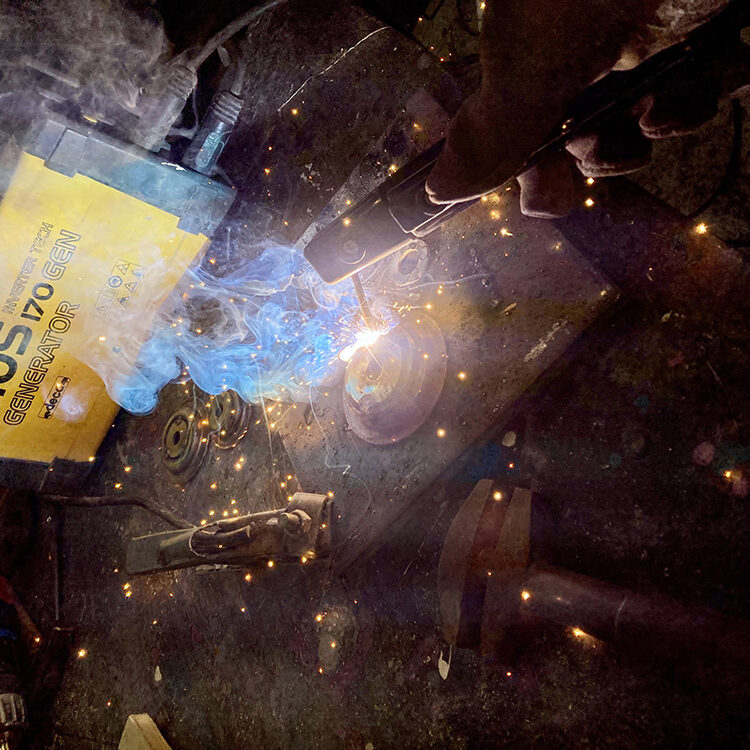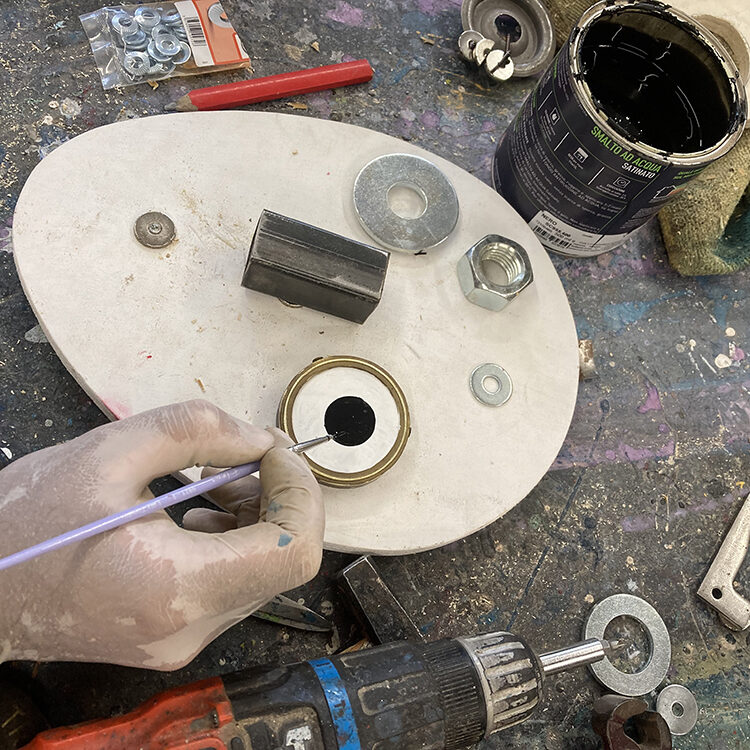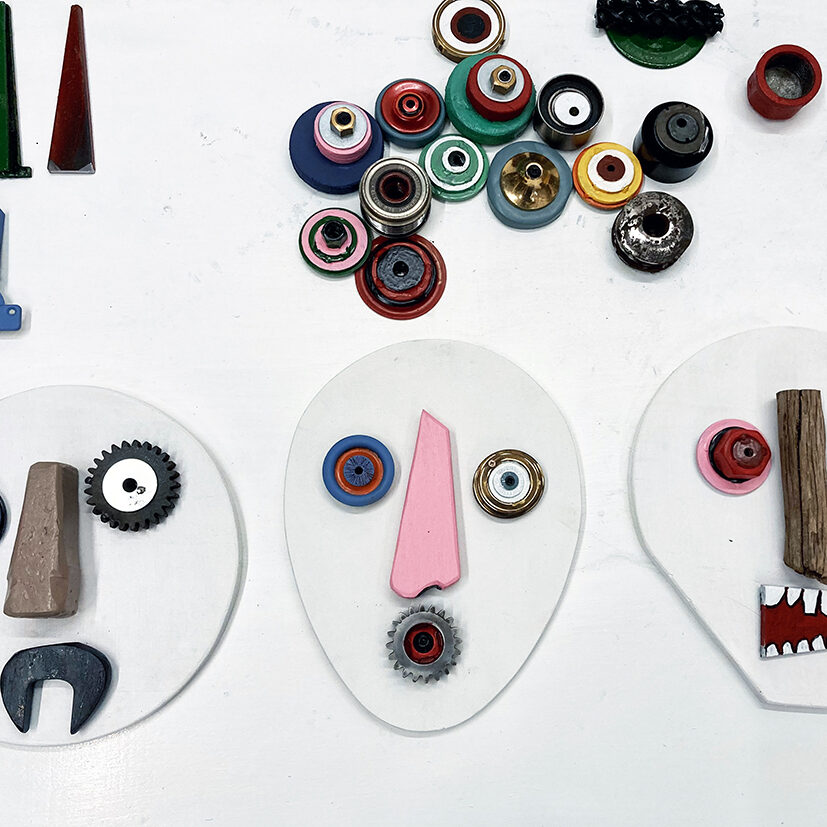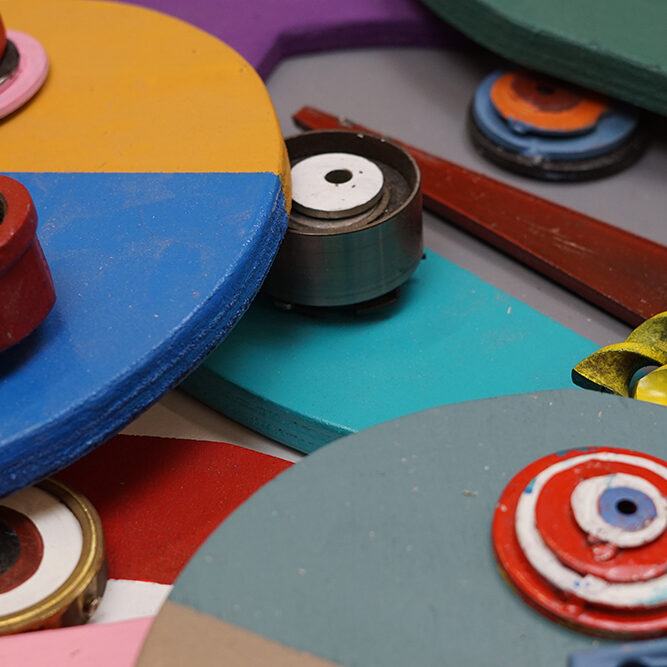Bajmol is a collection of NFTs made up of 10,000 pieces whose face is only revealed after the minting process is completed.
The characteristic that distinguishes these NFTs, compared to those created directly in a digital form, is the fact that each visible element that, including the background, constitutes the single image, is handcrafted by the Italian sculptor artist Lele De Bonis. Each face is made up of real objects made from wood, iron and recycled elements.
It is therefore not a question of digital art but a sort of hybrid in which the artist, thanks to a team that believed in the project, wonders how real art can be represented into the world of NFTs.
The BAJMOL are nothing more than three categories of characters who are linked to the world of art (artists, art galleries in the most general sense and, finally, critics).
Until now though, NFTs have eliminated the chain of intermediation (merchants, critics, auction houses and galleries) between producer (artist) and buyer (collector). The debate is huge, open and full of unknowns. There are those who believe that NFTs are a pure and simple speculative operation, there are those who believe that it is a kind of revenge that digital artists have taken against an art critic that has never seriously considered them, and finally, there are those who try, despite enormous doubts related to both technological and artistic novelty, to create a philological path that has led the world of art to relate in part to this new reality.
The latter is the interpretation that Lele De Bonis tries to give to this new world. The Bajmol do not give answers but, with a nod to the past, they simply raise doubts. Doubts that find some confirmation in the evolution of art throughout the last century. A period that has profoundly and unequivocally marked the vision of the physical and partly philosophical world.
The Bajmol are the first NFTs to question themselves and the possibility that they have no sense of existence.
Before presenting the collection, it is therefore important to start with a few historical notes that can help, at least partially, to provide some possible additional interpretations to add to this interesting debate.






